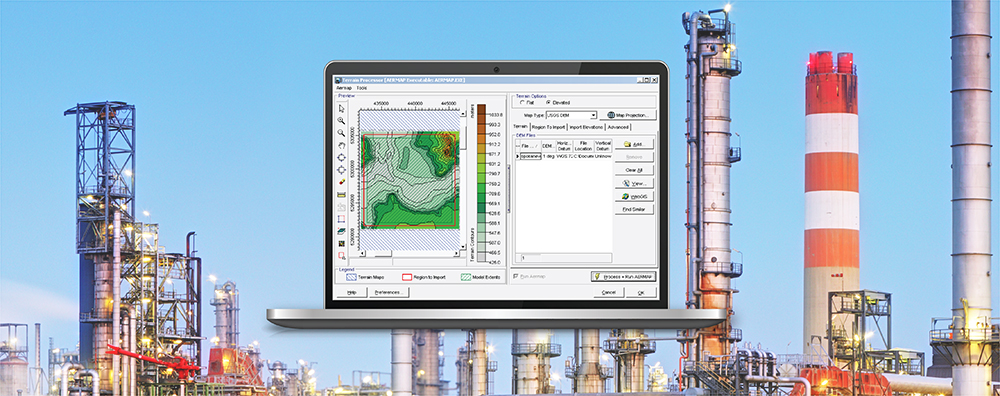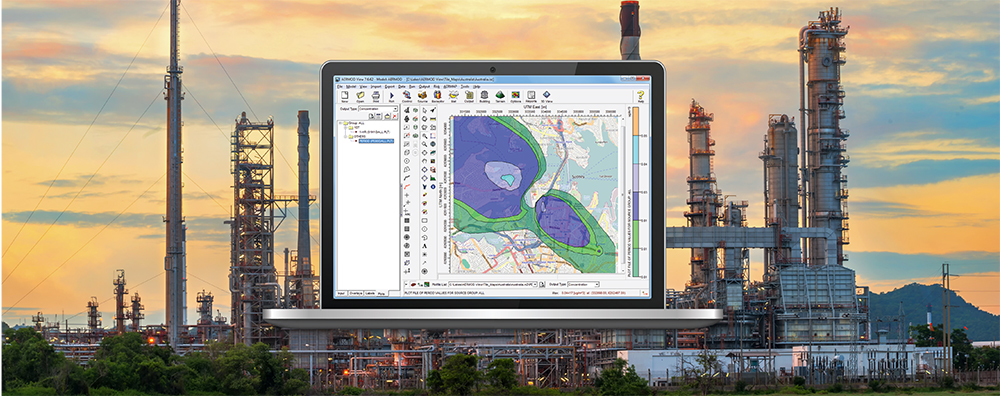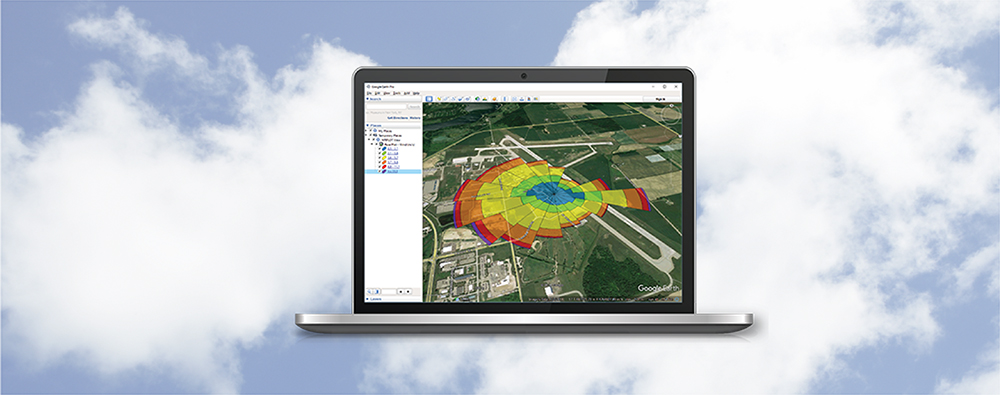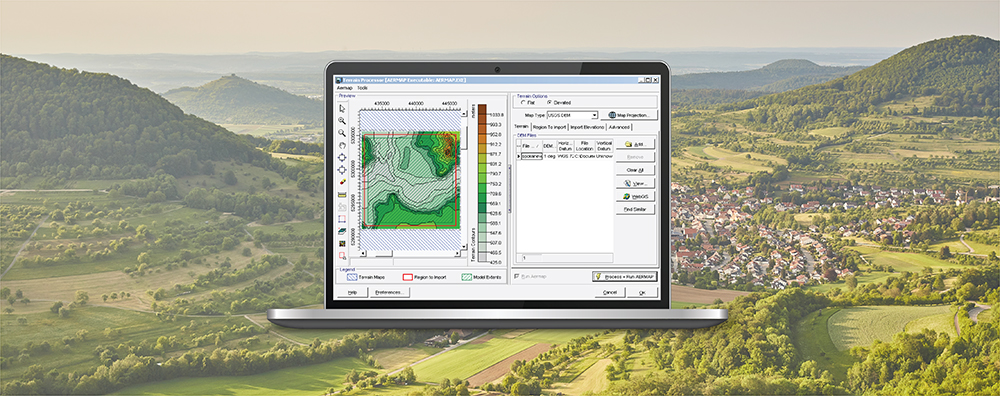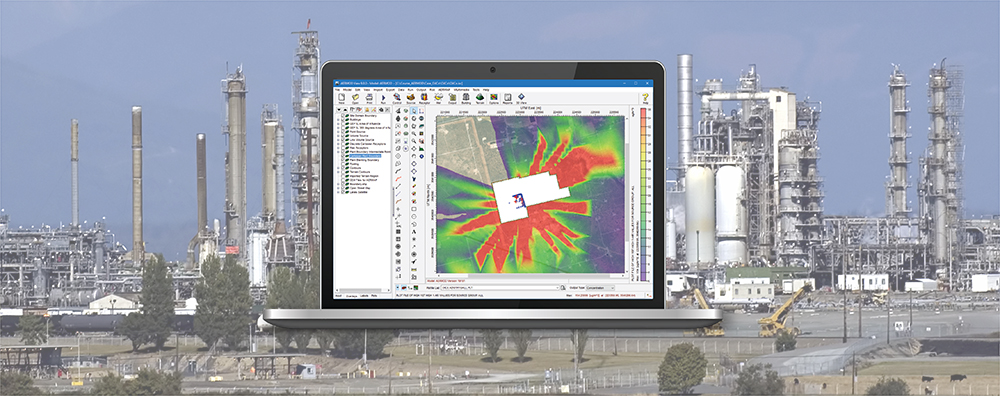AERMOD View: Reporting Individual Annual Averages from a Multi-Year Run
For a very long time, using AERMOD to calculate the maximum annual average over a multi-year period required multiple model runs with each year being processed separately. That changed with a U.S. EPA update which allowed the model to produce individual year annual average results via the Post-Processing Output File (POSTFILE).

